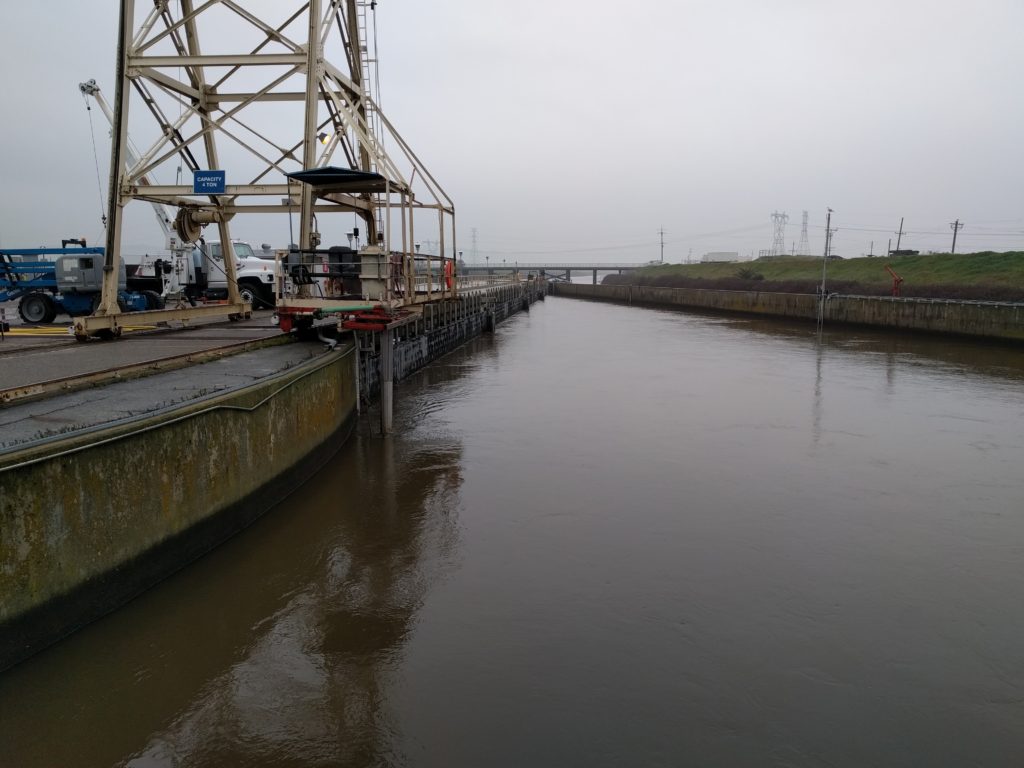
Average yearly false positive rate for winter run (i.e. calling a fish winter run when it wasn’t) at South Delta diversions fish protection facilities (salvage) during 1996-2010 was 56%, although error rates varied considerably within a season. For 2011-2014, average yearly false positive rates at the CVP salvage have been 58% – 80%, with rate >85% during recent years of drought. There is reason to believe that observations from salvage may reflect general inaccuracy that would apply to IEP monitoring programs, which collect upwards of 100,000 Chinook Salmon juveniles annually. Further there is indication that identification of spring run in IEP surveys is also problematic (i.e. ~2/3 false positive rate) using length-at-date criteria. These error rates compromise interpretations from compliance monitoring activities regarding listed Chinook Salmon populations.
The primary objectives of this work is the genetic classification (to race; ESU or winter vs. not minter) of Chinook Salmon captured from SWP and CVP fish protection facilities and IEP monitoring programs. The population-of-origin is determined for juveniles by comparing their genotypes to reference genetic baselines in order to quantify the number and distribution of true ESA-listed (genetic) winter and spring runs categorized by length-at-date criteria models. The overarching goal of this work is to directly target (and reduce) one source of uncertainty in the estimation of loss for listed Chinook Salmon (but primarily winter run) at South Delta fish salvage facilities and from IEP compliance monitoring. Additionally, this project intends to develop the means to scale (increase) genotyping capacity without dramatically altering current cost projections.
West Sacramento
(916) 231-1681
3300 Industrial Blvd., Suite 100
West Sacramento, CA 95691
Cramer Fish Sciences
©2024